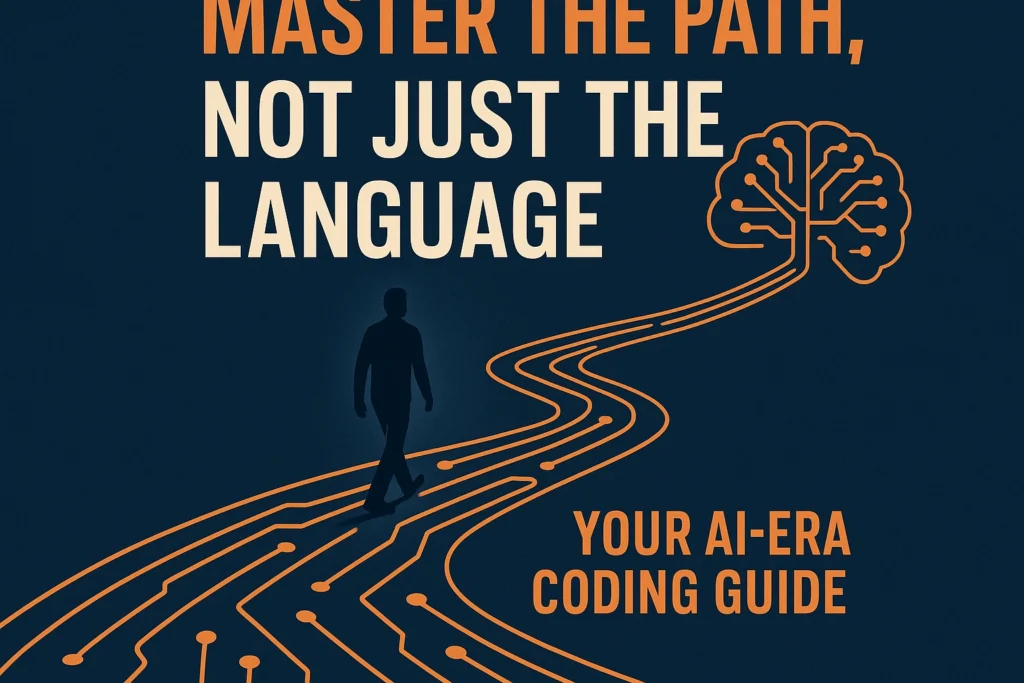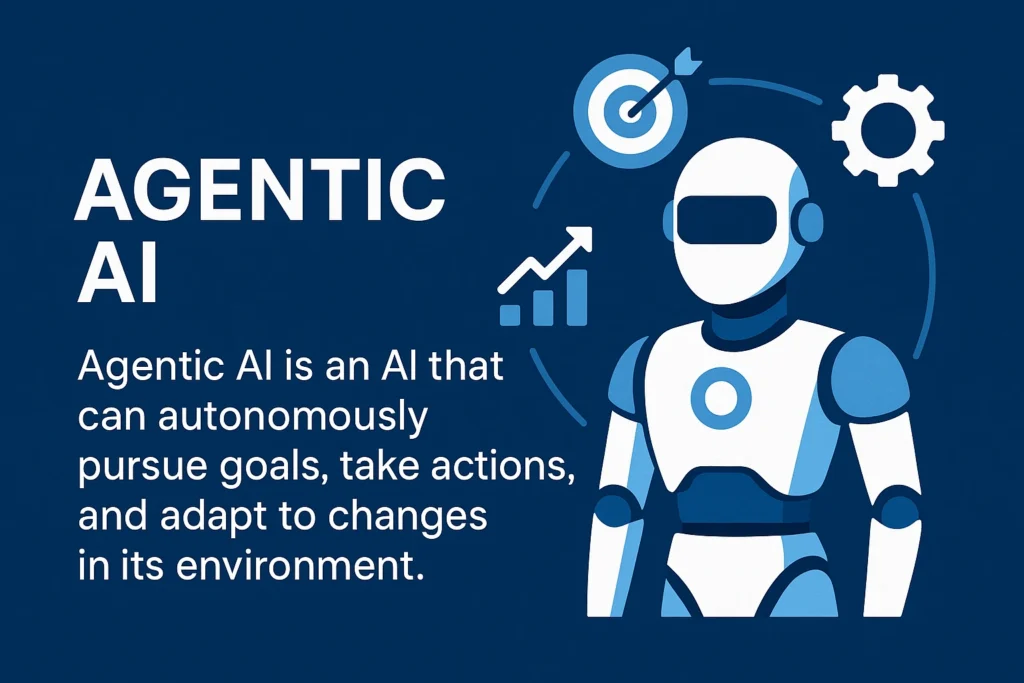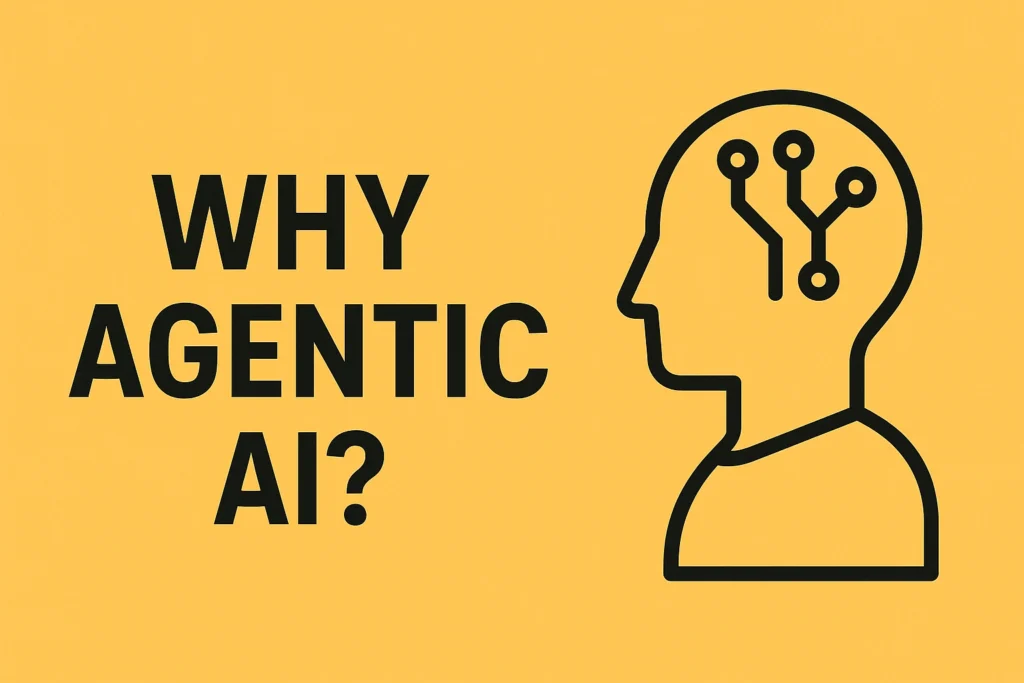Table of Contents
ToggleMaster the Path, Not Just the Language: Your AI-Era Coding Guide

Code Your Future in the AI Era
It’s not about the language—it’s about the path. Build what AI can’t, and start your journey with purpose.
1. Prioritize Career Path, Not Language
Before picking a language, choose a direction.
Don’t be the “I do everything” person. Focus wins in the AI era. You need to develop what AI can't easily replicate—human intuition, context, and real-world integration.
Career Path Ideas:
- Web Developer
- Game Developer
- Machine Learning Engineer
- Data Scientist
- DevOps Engineer
2. AI’s Impact: Learn Differently
AI has revolutionized industries from education to finance. But while AI can solve basic tasks instantly, humans still need 6–12 months to master fundamentals.
Goal: Be the human who can use AI intelligently.
Example: A developer who understands system design will prompt AI better and build more effectively.
3. Which Language to Start With?
For College Students:
Start with C, C++, or Java (based on your curriculum).
Why: Helps with CGPA and builds strong fundamentals.
For Web Developers:
Start with JavaScript
- Build real websites and apps
- Learn frontend (HTML/CSS/JS) and backend (Node.js)
- Understand APIs, hosting, databases
For Data Science & AI:
Start with Python
- Easy syntax and massive community
- Libraries: NumPy, Pandas, Scikit-learn, TensorFlow
- Used in scripting, automation, AI agents
If confused, choose Python. Safe, versatile, and future-proof.
4. Keys to Thrive in the AI Era
Define Your Career Path
Direction creates discipline. Know your goal.
Master Problem-Solving
AI can generate code—but can it solve unknowns? You must.
Always Build Projects
Real-world experience beats tutorial watching.
Use the Right Tools
Speed up with tools like Clerk, Firebase, or Docker.
Start Now
Don't overthink. Start, and you’re halfway there.
Final Thought
Your success won’t come from the language you choose—but from the mindset you build.
- 🎯 Choose the right career path
- 🧠 Practice deep problem-solving
- 🛠️ Build real-world projects
- 🤝 Use AI as your teammate
Start today. Be the human AI can’t replace.
Professional Guide: Choosing Your First Programming Language in the AI Era
The most important decision isn’t which programming language to learn first—it’s choosing the right career path. In the age of AI, success comes from specialization, problem-solving beyond AI's current capabilities, and consistent project-based learning.
I. The "Why" and "How" of Vision Boards: Neuroscience of Manifestation
Vision boards are powerful tools for personal growth, backed by cognitive neuroscience. They work by influencing the brain's filtering systems and leveraging our innate visual processing capabilities.
Information Overload & The RAS
Our brains are constantly bombarded with approximately 11 million bits of information per second, yet can only consciously process about 50. The unconscious mind, specifically the Reticular Activating System (RAS) in the brainstem, acts as a critical filter, preventing overwhelm by sifting out irrelevant data.
Selective Attention & Value Tagging
The RAS determines what information gets elevated to conscious awareness through two key mechanisms:
- Selective Attention: Actively focusing on specific stimuli while filtering out distractions.
- Value Tagging: Assigning importance to stimuli based on emotional significance or relevance to personal goals.
The Baader-Meinhof Phenomenon (Frequency Bias) illustrates this: once you become aware of something (e.g., a specific car model), you start noticing it everywhere. This is your RAS at work.
Vision Boards as RAS Re-programmers
Through the process of goal setting and vision boarding, we can effectively "value tag" the things we genuinely care about and wish to manifest. This re-programs the RAS to proactively elevate relevant opportunities and information into conscious awareness, thereby enabling and motivating aligned action.
The Power of Visuals
Humans are profoundly visual creatures; a significant portion of our brain (the occipital lobe) is dedicated to visual processing. Visual images on a vision board are a much more powerful way to emotionally activate your goals, ensuring they "stick" in your mind and intensely value-tagging what you aim to achieve. Studies confirm a significant increase in goal pursuit and motivation for individuals who visually represent their aspirations.
II. The Five-Step Process for Creating an Effective Vision Board
This structured, evidence-based process guides you through creating a vision board that truly resonates and drives action.
Step 1: Dream
Visualize your dream life in 3 years: Focus on the feelings, appearance, and the person you aspire to become. Engage in Episodic Future Thinking (EFT) to vividly simulate future events, counteracting "temporal discounting" (prioritizing immediate gratification over long-term goals).
Categorize your life: Use frameworks like the "Wheel of Life" (Physical Health, Mental Health, Friends & Family, Romance, Career, Finances, Personal Growth, Purpose & Contribution) or simplify to Health, Relationships, and Career/Personal Growth.
Journaling: Freely write about your visualization experience and the key components of your dream life, embracing "crazy world dreams" without self-limiting beliefs.
Step 2: Collect
Search for images: Find visuals that powerfully represent elements of your dream life. Pinterest is highly recommended for its powerful suggestion algorithms.
Include both outcome and process imagery: Depict not only "the outcome and the destination of the dream but also the process and the inputs required to get there." This encourages a focus on necessary steps and actions.
Literal and Abstract Images: Incorporate "literal images" with concrete reflections (e.g., a specific car) and "abstract ones" that convey a certain feeling or energy (e.g., a serene landscape for peace).
Emotional Resonance: Prioritize images that "evoke some kind of emotional response in you," as these are "most powerful for forming your magnetic vision."
Step 3: Dump
Copy and paste images: Transfer all your collected images into a blank digital document. Tools like Google Slides or Canva are ideal for their ease of use in pasting and rearranging photos, allowing for a free-form "dump" of all potential visuals without immediate judgment.
Step 4: Refine
Eliminate and Select: Review all dumped images critically. Remove any repetitive or non-resonant visuals to narrow down your selection to a "core collection" that truly aligns with your vision.
Edit and Personalize: Enhance your chosen images to make them more "magnetic and personal." This could involve subtle edits or even adding personal touches, such as digitally placing your name on a desired certificate or award to increase its emotional impact and specificity.
Step 5: Coalesce
Decide on Format: Choose the optimal "aspect ratio" (dimensions) for your final vision board. Consider whether it will primarily be a digital wallpaper (for phone, tablet, laptop) or a physical print.
Arrange Images: Thoughtfully arrange your selected images. It is often effective to "place related images nearest to each other" (e.g., all health-related images clustered together). Ultimately, there are no strict rules; the key is to "find what feels good for you" and creates a cohesive, inspiring visual representation of your dreams.
III. Common Traps and Pitfalls to Avoid
Be aware of these common mistakes that can diminish the effectiveness of your vision board and hinder your manifestation journey.
Focusing Only on Material Outcomes
Be mindful of "hedonic adaptation" and the "hedonic treadmill" when including luxury items. Ensure these material aspirations genuinely add richness and fulfillment to your life beyond simple consumerism. True satisfaction comes from deeper values, not just possessions.
Limiting Your Dreams
Do not hold back or allow "limiting beliefs and self-sabotage" to restrict the dreams you dare to put on your board. Your vision board is a space for expansive thinking; let your aspirations be as grand as you can imagine, free from internal constraints.
Attachment to Specific Timelines
A vision board is "a softer, bigger picture approach" rather than a rigid, concrete action plan with strict deadlines. Avoiding strict timelines encourages an "abundance mindset" and allows for adapting to life's organic flow while keeping your core dreams central and alive.
Excluding Processes/Journeys
Only including outcomes on your vision board is less effective. "Vision boards work best when they are conducive to action," so it is crucial to incorporate "images of the journey and the work in progress" towards your dream destination. This visually reinforces the effort required and motivates consistent action.
IV. Evidence-Based Application for Daily Life
Maximize the impact of your vision board by integrating it strategically into your daily routine and combining it with practical goal-setting.
Daily Engagement & Ubiquitous Placement
To constantly feed your subconscious with reminders of what's important, make it a habit to "look at your vision board daily," even for just "at least a minute per day."
Create wallpapers for "all of your main devices" (phone, iPad, laptop) or print it out and place it "somewhere that you're going to see very regularly, ideally daily" (e.g., inside a wardrobe, above a desk). This provides both conscious reminders and subconscious alignment.
Combine with Written Goal Setting and Action Planning
While vision boards are powerful for vision, they are a tool for inspiration, not execution. "Combining Vision boarding with written goal setting and action planning" is crucial for bridging the "execution gap" between your dreams and tangible progress.
Implement practices like quarterly goal setting with monthly and weekly reviews. The resource concludes by emphasizing the importance of taking immediate action, encouraging viewers to identify "two action points" to implement right away.
Frequently Asked Questions
Choosing Your First Programming Language in the AI Era
The language is secondary—your career path drives everything. Define the role you want (data scientist, web developer, etc.); the best starter language will reveal itself.
AI knocks out routine tasks. To stay valuable, focus on work AI can’t fully automate yet—deep domain insight, messy real‑world problems, and creative synthesis.
- Python – Data Science, ML, AI
- JavaScript – Full‑stack Web
- C / C++ / Java – CS fundamentals & GPA (college)
- If unsure, start with Python and explore.
- Problem‑solving & algorithms
- Continuous project building
- Domain‑specific tools (e.g., Docker, TensorFlow)
- Smart use of AI assistants
Pick Python. Its simple syntax, giant community, and dominance in fast‑growing fields (data science, automation, AI) make it a future‑proof launchpad.


